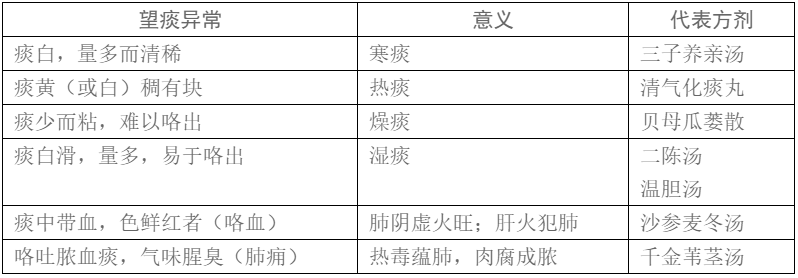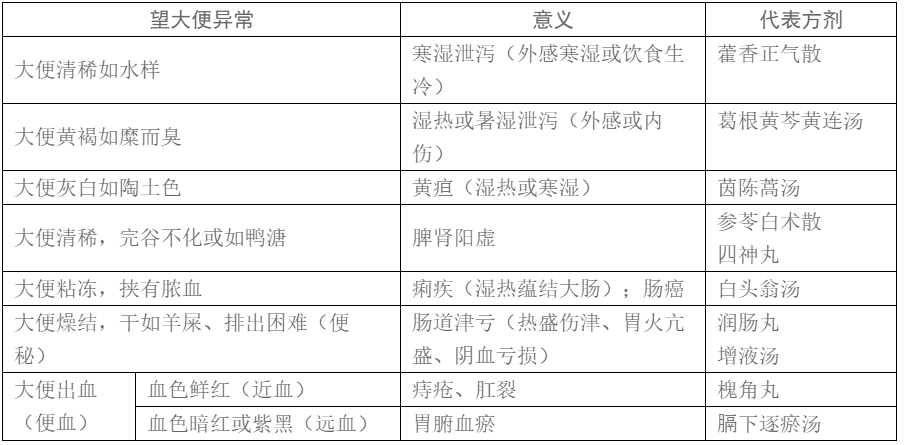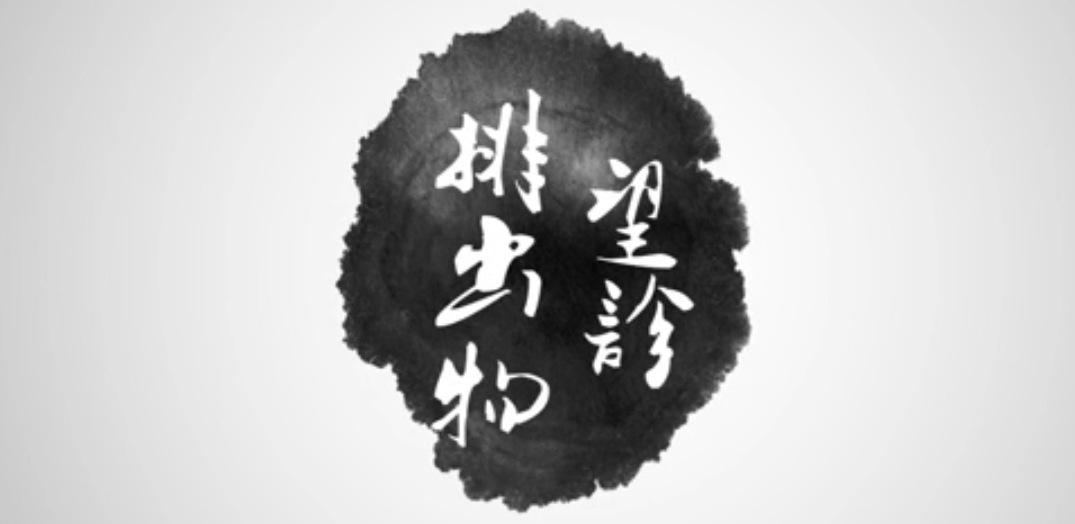TCM Diagnosis – Observation Diagnosis
Local observation diagnosis is based on the overall observation diagnosis, where specific local characteristics of the patient are observed in detail according to the condition and diagnostic needs, to assess the corresponding organ pathology.
Today we will learn how to assess and diagnose conditions through the observation of excretions.
Observing Excretions
(Observing phlegm, observing vomit, observing feces, observing urine)
Meaning: Observing excretions involves examining the shape, color, quality, and quantity of the patient’s secretions, excretions, and certain pathological products expelled from the body to diagnose conditions.
Principle: Secretions mainly refer to the fluids secreted by the body’s orifices, which serve to moisten the orifices, such as tears, nasal mucus, saliva, and phlegm.
Excretions are metabolic waste expelled from the body, such as feces and urine.
Additionally, certain pathological products produced during illness, such as phlegm and vomit, also fall under the category of excretions. Their color, quality, and quantity are closely related to the functions of the organs.

Patterns: White, clear, and thin (fishy odor) – often indicates deficiency or cold patterns;
Yellow, thick, and foul-smelling – often indicates excess or heat patterns.
Content: Observing phlegm, observing nasal mucus, observing vomit, observing feces, observing urine.
1. Observing Phlegm and Nasal Mucus
(1) Observing Phlegm
Principle: The spleen is the source of phlegm production, while the lungs are the storage organ for phlegm.
Significance: To assess the pathological changes of the organs (spleen and lung) and the nature of the pathogenic factors.
Content: Color, quality, quantity.


(2) Observing Nasal Mucus
Principle: Nasal mucus is a fluid of the lungs.
Significance: To diagnose lung pathology.
Content: Color, quality, quantity.


2. Observing Saliva
(1) Observing Saliva
Saliva is a clear, thin, viscous fluid that flows from the mouth.
Principle: Saliva is a fluid of the spleen.
Significance: To diagnose spleen and stomach pathology.


(2) Observing Spit
Spit is a thick, foamy viscous fluid expelled from the mouth.
Principle: Spit is a fluid of the kidneys, related to the stomach.
Significance: To diagnose stomach and kidney pathology.

3. Observing Vomit
Vomitus is the result of stomach qi rebelling, expelled from the mouth, usually caused by both external pathogens and internal injuries.
Significance: To understand the cause of stomach qi rebellion and the nature of cold, heat, deficiency, or excess.
Content: Color, quality, quantity.


Although feces and urine are excretions of the body, they contain a wealth of health information. Therefore, they should not be disregarded simply because they are excretions, but should be carefully observed.
4. Observing Feces
Significance: To diagnose the pathology of the spleen, stomach, and intestines as well as the liver and kidneys, and to assess the nature of cold, heat, deficiency, or excess.
Content: Shape, color, quality, quantity.

5. Observing Urine
Significance: To diagnose the pathology of the kidneys, bladder, lungs, spleen, and san jiao; to understand the balance of body fluids and the nature of cold, heat, deficiency, or excess.
Content: Color, quality, quantity.

Due to the privacy involved with feces and urine, these observations are usually performed by the patient themselves, who then report the information to the doctor.
Therefore, for every learner, it is essential to carefully observe one’s own excretions to understand their health status and the severity of any conditions.


Chinese herbal formulas, meridian points, and pathological differentiation are compared item by item, with clear illustrations.
Long press the QR code to scan and download the Great TCM Encyclopedia, gathering the strengths of many schools and sharing thousands of years of classics.
Click the lower right corner “Looking” to share with more people~


